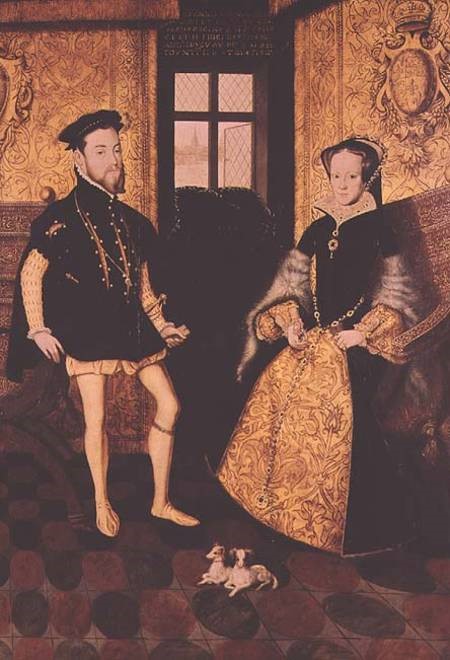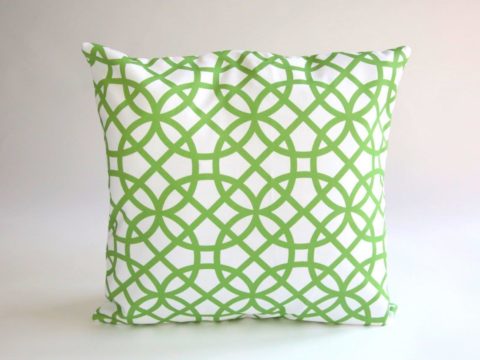Mary I: A Controversial Marriage
Chapter 1: Should the Queen Marry?
One of the decisions that Mary made which was controversial both at the time, and subsequently, was her marriage. Hindsight is a useful tool, but not one which Mary had the advantage of possessing. Would looking at the matter without knowing the outcome, give a different view of her choices?
There are three elements that should be considered in analysing Mary’s marriage: her decision to marry at all; the choice of spouse; and whether it achieved her objectives.
In the sixteenth century, and indeed for many centuries afterward, a deliberate decision to remain unmarried was outside the paradigm of how people perceived the individual and society. It was every person’s duty to marry. Amongst poorer people, marriage was necessary because a single person was not generally a functioning economic unit. Higher up the social scale, marriages were about creating political and economic alliances between families and passing on wealth. Failure to have an heir might mean the families’ lands would revert to the Crown.
Amongst Kings, marriage was for creating alliances between countries, and for providing an heir, ideally male. It was the very fear over the absence of a male heir that goaded Mary’s father into the annulment of his marriage to Mary’s mother. Mary herself had been betrothed several times during her father’s lifetime – it was his concern that a husband might take it upon himself to back Mary’s claim to the throne with force, or undermine the position of Edward, that kept Mary single before she became Queen.
With this in mind, the assumption that not only Mary, but also all of her advisors, except one, made in 1553, was that she should marry. Mary expressed some personal reservations, hardly surprising in a woman who was, presumably, a virgin, and perhaps nervous of the physical side of marriage (although we should not think of Tudor women as Victorian ladies, terrified of sex). Perhaps mindful of the debacle of Anne of Cleves, Mary hoped that she would be able to meet her prospective bridegroom before committing herself, but this was not really a practical proposition.
The sole exception to the assumption about marriage was her cousin, Cardinal Reginald Pole, presumably on account of Mary’s age. At thirty-seven and not in robust health, her chances of bearing an heir were rapidly diminishing, and if she had become pregnant, the risk of her dying in childbed was high. Compared with this risk, considering her parents and grandparents, Mary might have been expected to reach her mid-fifties.
Any King would also have been expected to marry. The complication arose because Mary’s advisors, and to a degree the Queen herself, anticipated that a husband would have more influence over his wife and in government, than a Queen-consort would have had. It would also have been anticipated that, if Mary died bearing a living child, her husband would have expected a role in a Regency government. In England, there was no history of Queens-consort as Regents for their children, although it was not uncommon in other European countries, including Scotland. Thus the choice of a husband for Mary had more political weight than the choice of a Queen-consort might have had.
The fact that Mary’s half-sister, Elizabeth, was continually pressed to marry, well into the 1580s suggests that no-one questioned Mary’s decision to marry in principle. It is only with the benefit of hindsight that we can say Elizabeth’s decision not to, was sound – although we don’t know what would have happened if Elizabeth had married – it might have turned out well.

This article is part of a Profile on Mary I available in paperback and kindle format from Amazon.






